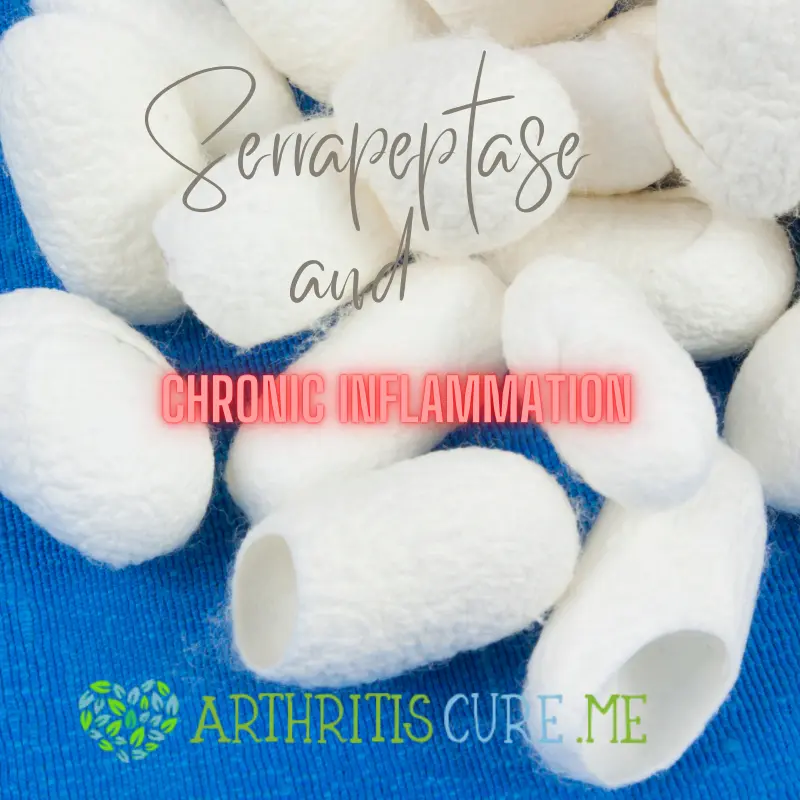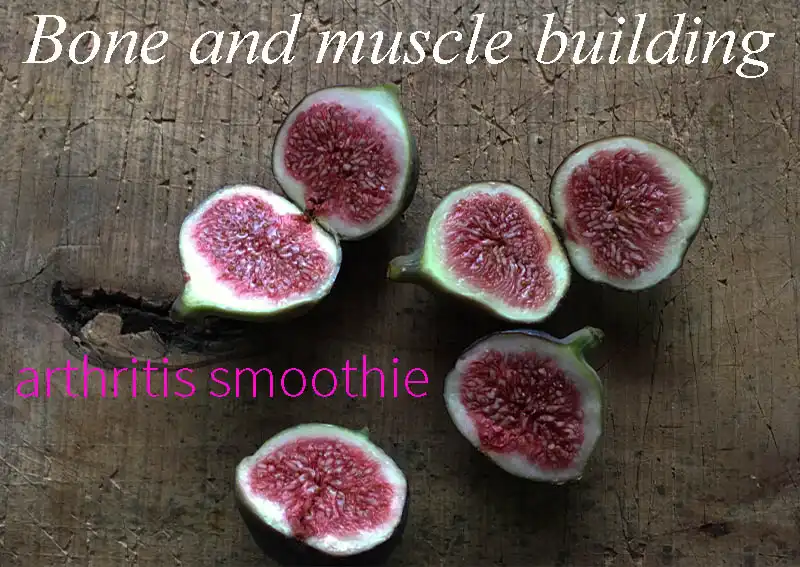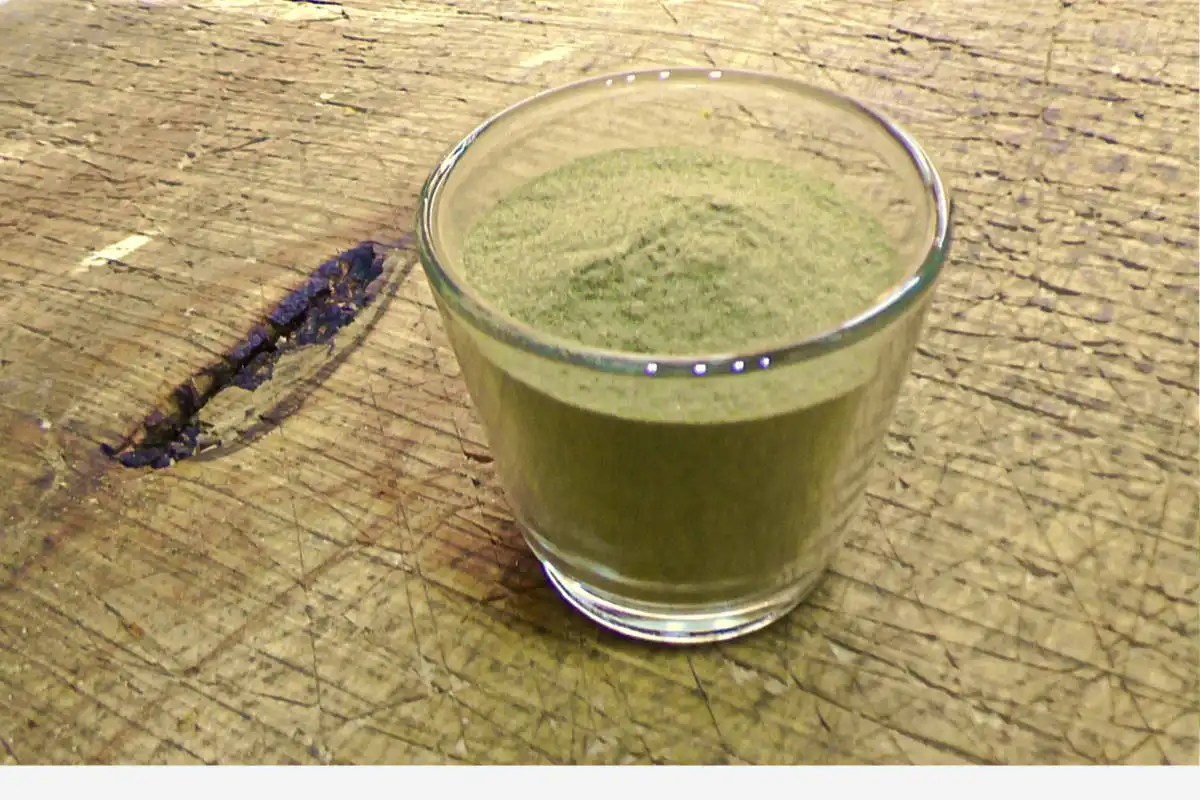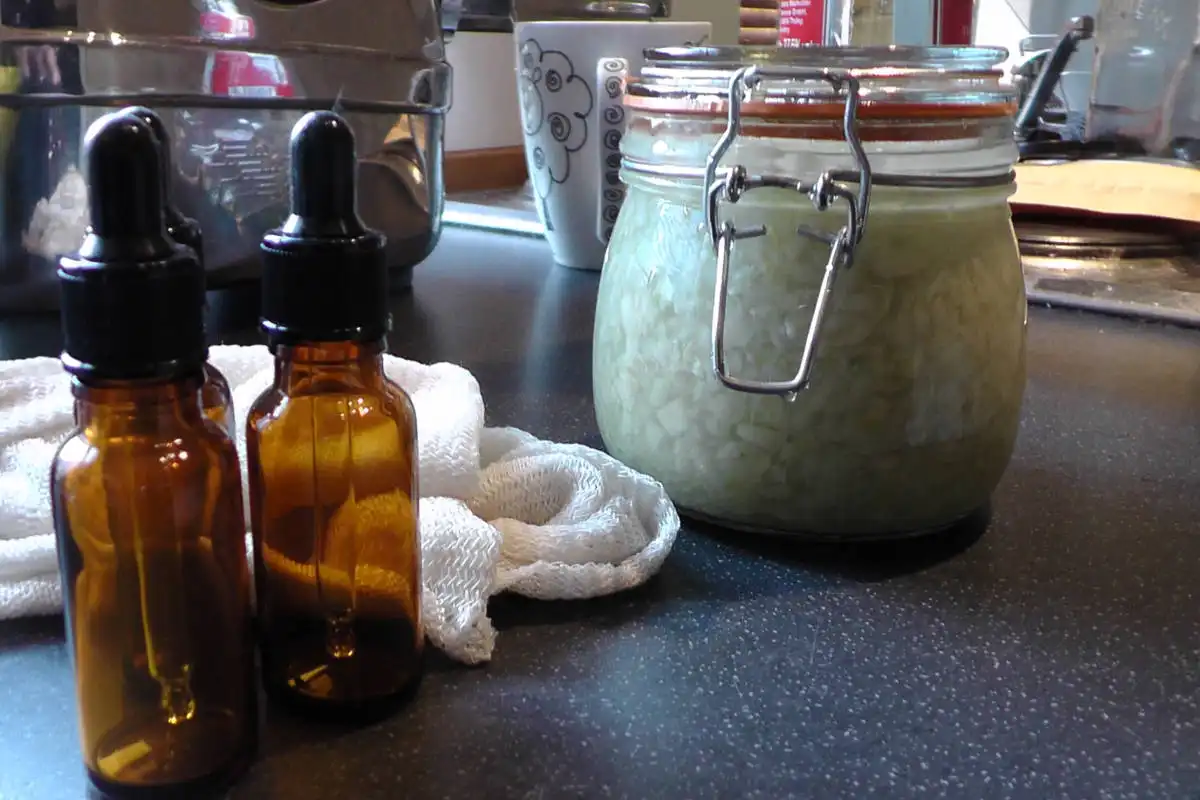Vitamin A benefits for RA
Vitamin A is found in many of the foods we eat, and that’s a good thing because this powerful anti oxidant cleans up cellular waste, helps nourish bones, and can even help to restore your vision.
Not just one vitamin, but a group of unsaturated nutritional organic compounds, the vitamin A family is as complex as it is valuable to the body.
The vital role this substance plays in boosting immunity, bone building, and improving your overall condition make vitamin A a must have tool in the battle against disease.
The different forms of vitamin A include:
- Retinol
- Retinal
- Retinoic acid
- Several provitamin Acarotenoids
- Beta-carotene
For simplicity sake we won’t discuss all of the differences in these forms of vitamin A.
We are going to focus on beta carotene because it is absorbed by the intestines and converted into vitamin A! Beta carotene is also the easiest of the vitamin A family to find in food, If your getting plenty of colourful veggies, you should not need to supplement vitamin A.
Arthritis and inflammation of the eye
The top of that list sees Retinol, Retinal, Retinoic acid, all of which were named through their association with a part of the eye called the retina.
These important compounds get first mention because many sufferers of inflammatory arthritic diseases have to live with inflammation of the eyes.
My own experience has taught me that this is quite annoying at best, but could have longer term implications for a sufferers sight.
To keep our eyes in good condition we should try to get more vitamin A in our diets and juicing organic carrots is a great way to achieve that.
The research clearly shows Vitamin A can reduce eye inflammation in a variety of conditions.
Eye drops have been shown effective for the treatment of superior limbic keratoconjunctivitis. A specific type of eye inflammation characterized by recurrent inflammation of the cornea,the sclera (white), or the inner surface of the upper eyelid.
A study called the Age-Related Eye Disease Study (AREDS) carried out by the National Eye Institute, found that people at high risk of macular degenration, who took a daily multi vitamin that included vitamin A (as beta carotene), vitamin C,vitamin E, zinc and copper, reduced their risk by one quarter over a six-year period.
Eye conditions don’t always travel with arthritic conditions, but why not take positive action and guard against this threat early? The mountain of research out there is powerful evidence that vitamin A may reduce inflammation of the eyes and help to restore vision.
More ways vitamin A helps
Vitamin A is very powerful and can helps with:
- Antioxidant activity
- Bone metabolism
- Cellular health
- Embryonic development and reproduction
- Gene transcription
- Hematopoiesis (blood cell production and maturation in the bone marrow)
- Immune function
- Skin health
- Vision
Vitamin A and bone health
Here’s where we have to pay attention because this is important!
The Vitamin A family is widely proven to keep our bones healthy. However, as with all things, vitamin A should be used with care, and in balance with a whole foods diet.
Caution is urged here because “too much” vitamin A has been linked to bone loss and the possible increased risk of hip fracture.
Scientists have found that excessive amounts of vitamin A trigger an increase in osteoclastic activity (cells that break down bone down) and that this increase could cause bone loss.
They also believe that getting too much vitamin A may interfere with vitamin D’s important role in preserving bone.
These are precautionary notes, but common sense and moderation should apply to all things, and we should always be sensible when supplementing.
The problem of bone thinning does not apply Beta-carotene, which is largely considered to be safe and has not been linked to bone loss.
How do I get my vitamin A?
Juicing carrots and other beta carotene rich foods is my favourite way to meet my daily vitamin A needs.
Getting a good healthy dose of all the different types of vitamin A through a natural healthy diet is the best way to go, and excessive supplementation of vitamin A should be avoided. Furthermore, it may be helpful to remember that bone density is determined by other factors and not just vitamin A intake alone.
Living an active life and doing weight bearing exercise is a sure way to better bone health and improved bone density.
Do we have a cure?
Obviously we don’t have a cure for arthritis in vitamin A, but we do have some vital components in the jigsaw of good health, preventative nutrition, bone health and inflammation control.
United Kingdom vitamin A, RDA:
0.7- 0.9 mg/day for Men
0.6 – 0.7 mg/day for Women
Arthritis super foods that contain vitamin A
#1: Sweet Potato
Sitting proudly atop the list of vitamin a containing foods is the sweet potato.
This delightfully tasty food has the highest vitamin A content of all the foods.
| Vitamin A in 100g | Per cup (200g) | Per medium potato (114g) |
| 19218IU (384% DV) | 38436IU (769% DV) | 21909IU (438% DV) |
#2: Carrots
Jam packed with Beta carotene, the carrot is number 2 on our list due to the numbers.
Carrot literally has the second highest amount of vitamin A (beta carotene) after the sweet potato.
| Vitamin A in 100g (Cooked) | Per cup, sliced (156g) | Per carrot (46g) |
| 17033IU (341% DV) | 26572IU (532% DV) | 835IU (157% DV) |
#3: Kale (Cooked)
Kale is the arthritics friend for sure. You might think that containing stacks of beneficial
sulphur and vitamin A would be enough to gain you popularity but it doesn’t stop there?
Kale also contains high levels of the bone building vitamin K2 and a host of other disease busting nutrients.
| Vitamin A in 100g | Per cup, chopped (130g) | |
| 1.53mg (15% DV) | 17707IU (354% DV) |
Vitamin A Toxicity
High intakes of beta-carotene and other carotenoids are not associated with adverse effects. However vitamin A is a fat soluable vitamin and is stored in the liver.
High doses of vitamin A can cause hypervitaminosis A. If possible, get your vitamin A in it’s beta carotene form and stick to the juiced veggies.
Beta carotene is absorbed by the intestines and converted into vitamin A only when needed.
TOLERABLE UPPER LIMIT
10,000 iu for men and women
http://www.fdnow.org/research/treatment-breakthroughs/vitamin-a-and-beta-carotene
DERIVATION OF A TOLERABLE UPPER INTAKE LEVEL (UL)
Evidence indicates that supplemental beta carotene (20 mg/day or more) should not be used by current, heavy smokers.
http://www.efsa.europa.eu/en/ndatopics/docs/ndatolerableuil.pdf
References
http://www.ncbi.nlm.nih.gov/pubmed/20980645?dopt=Abstract
http://ods.od.nih.gov/factsheets/VitaminA-HealthProfessional/#en35
http://ajcn.nutrition.org/content/9/4/1
http://www.ncbi.nlm.nih.gov/pmc/articles/PMC1473210/
http://www.fdnow.org/research/treatment-breakthroughs/vitamin-a-and-beta-carotene






















